Travel resources | Preparation, Gear
Backpacking Checklist for Overnight Hikes
Text | Anninka Kraus
Photography | Tobias Kraus
Why do you need a Backpacking Checklist?
Most seasoned travellers have a backpacking checklist and memorised. Yet most of us still diligently cross items of a printed copy as we pack, lest we forget something. It’s no surprise therefore that ‘What to pack’ is also one of the most common questions from rookie backpackers. Fortunately, it’s an easy one to answer by sharing our own backpacking checklist.
Before I go into details, remember that most of us tend to overpack, especially when backpacking is still new to us, and I suggest you rather take too little than too much. Once you’re on the road it’s usually pretty easy to buy whatever you may need, or run out of, almost anywhere. Except when you’re hiking. Most of our travels include multi-day hikes and hiking usually requires self-sufficiency.
Speaking from experience, you need to make sure your hiking gear is complete, even if that requires you to use your backpacking checklist several times as you pack and re-pack for different activities on the road. I thought I didn’t need to do this, until I realised I’d forgotten my headlamp as darkness descended on a remote campsite on the Routeburn Track.
We had stored some of our luggage in Queenstown while we were on the track, and that headlamp, along with my earplugs and a spare pair of pants, somehow made it into storage and not my backpack. It was a painful experience, which I have no wish to repeat.
related.
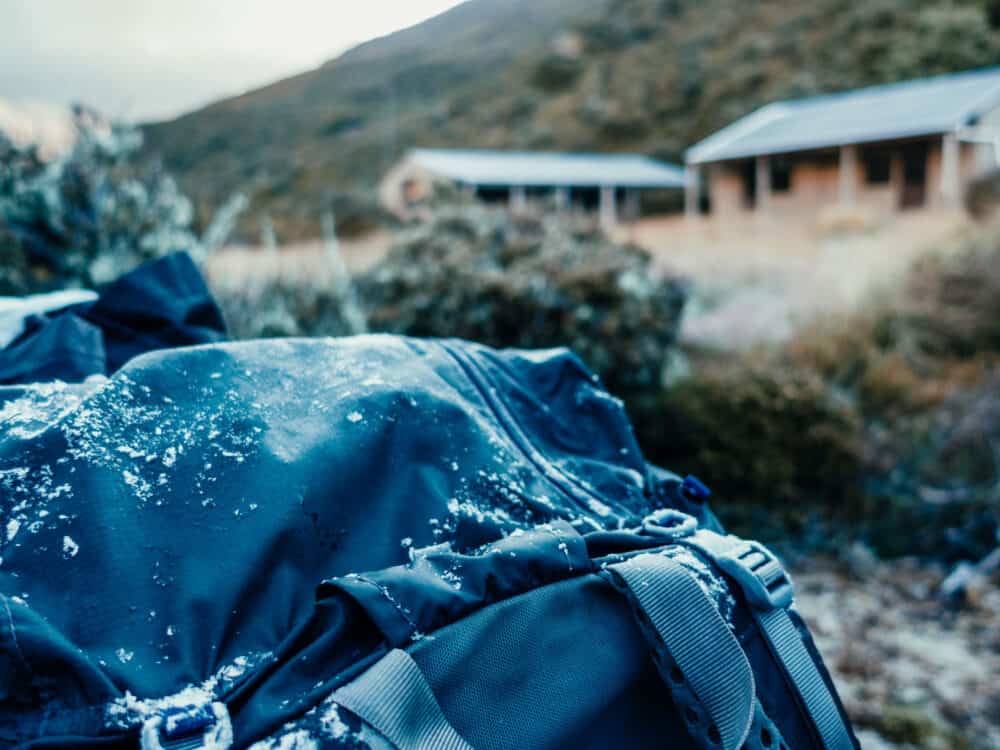

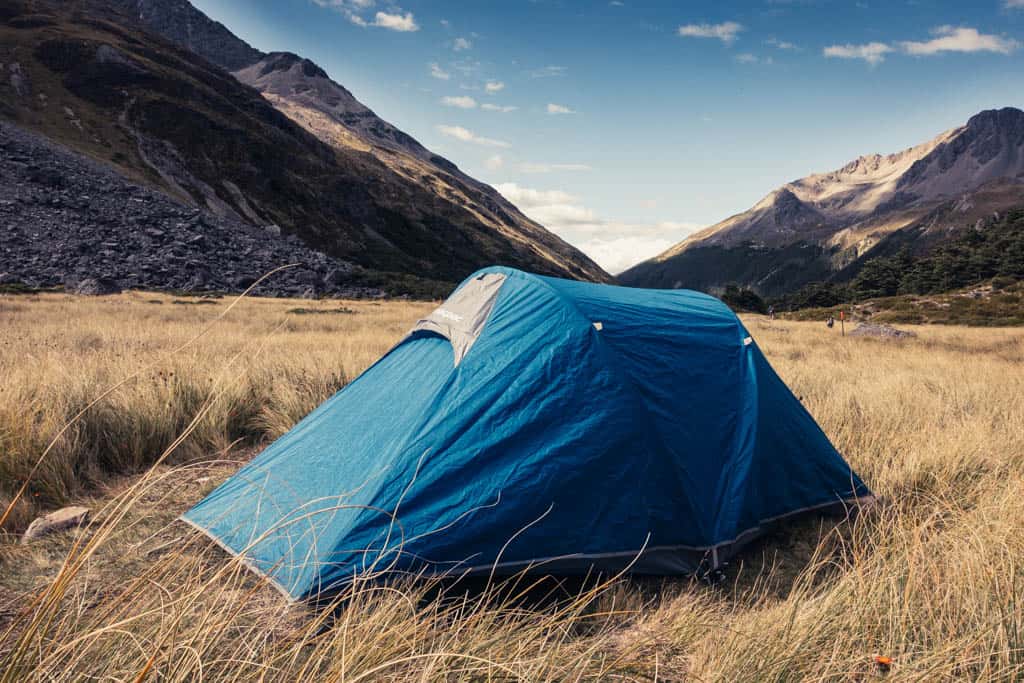
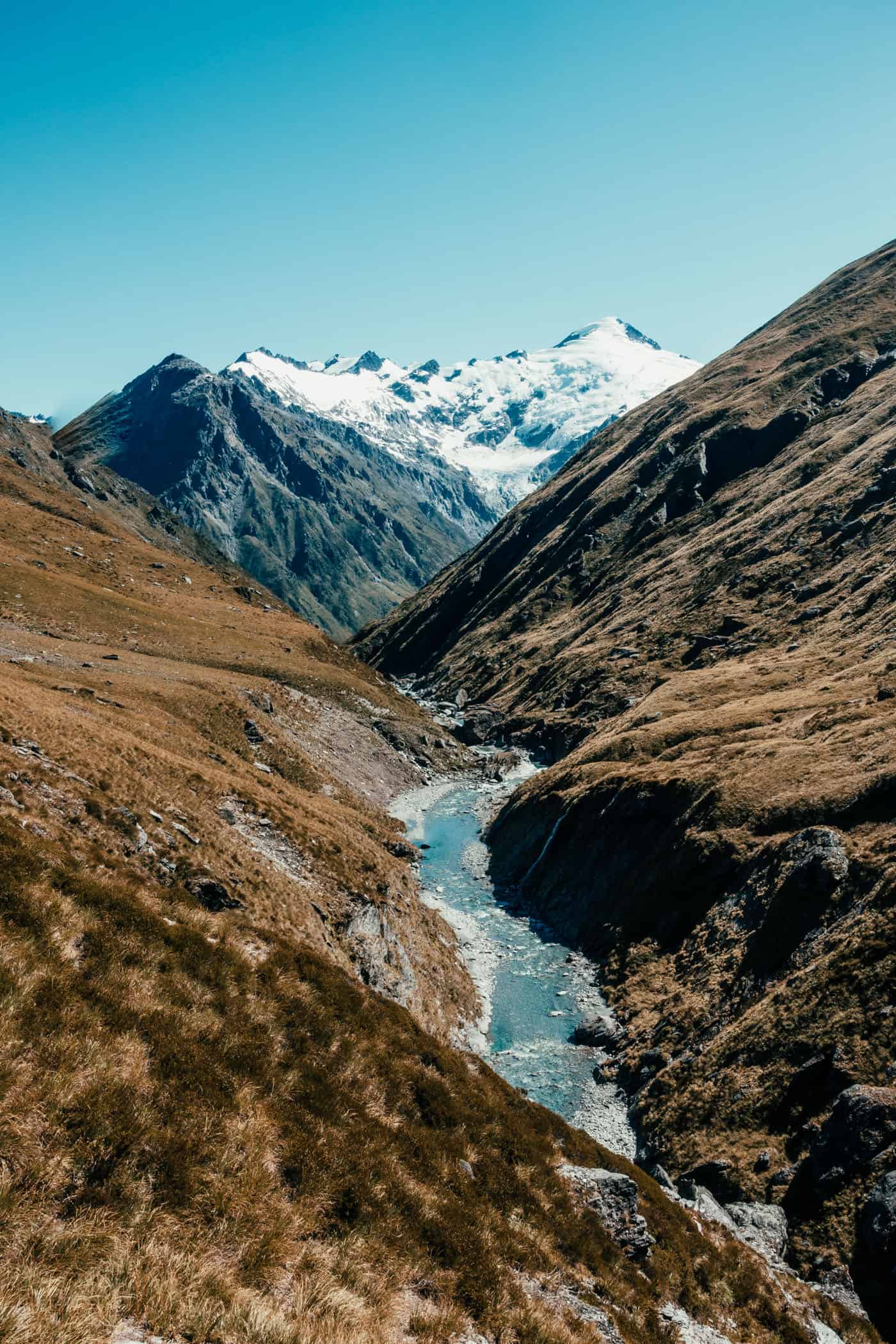
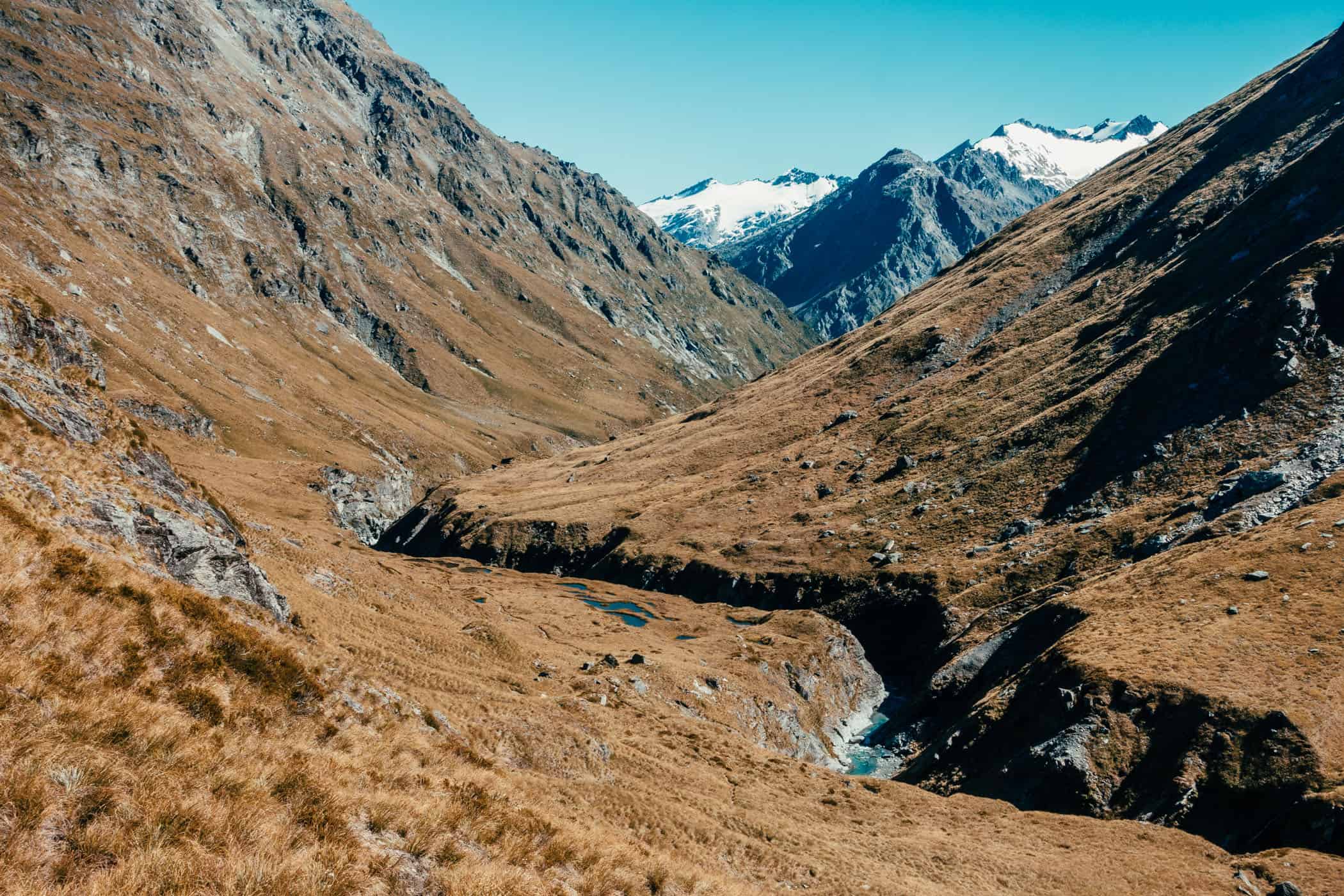
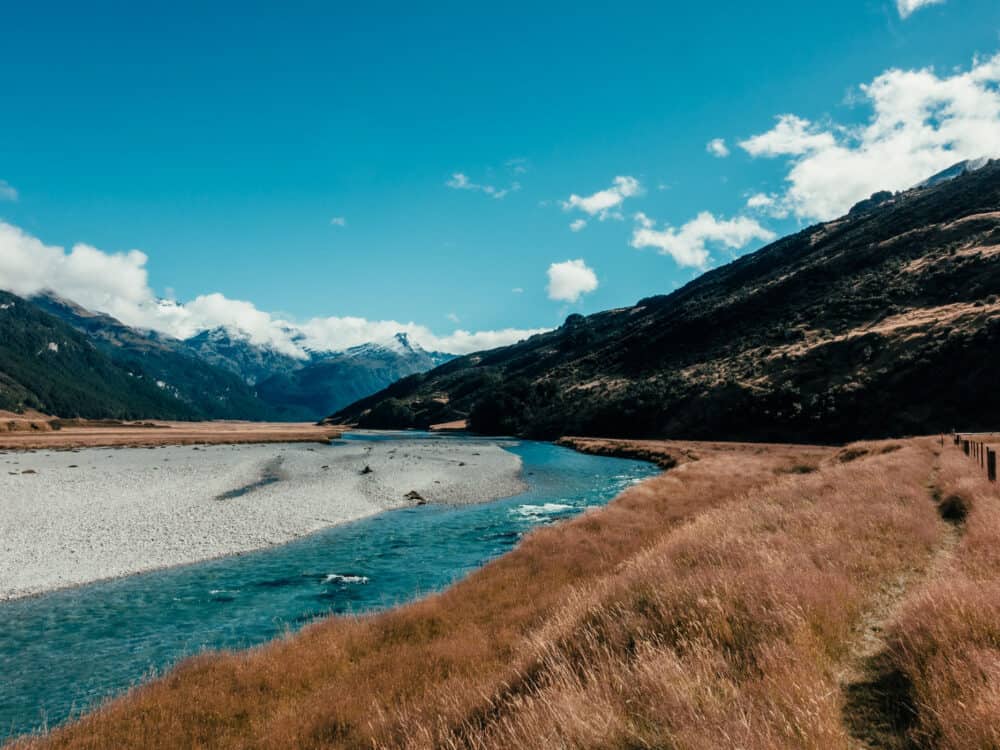
What to take
10 packing tips after decades of short and long travels and plenty of hikes
1. Less is more Especially when you’re hiking, and you need to know what you’re getting yourself into. A friend at high school once took a hair dryer hiking. It was her first time wild camping in the bush and she was rather disappointed there were no sockets. When she learned there were no showers or toilets either, she was absolutely aghast.
2. Pack comfortable clothes But no denim, which takes forever to dry, as well as no jewellery or expensive watches either.
3. You may be going in summer but even in summer night temperatures can drop very low Take Etosha National Park, the Namib Desert, hiking the Routeburn in New Zealand or the Great Ocean Walk and Overland Track in Australia – we visited all these places in summer but were profoundly grateful for our down jackets.
4. The closer an item of clothing is worn to your body, the more of it you should take i.e. one down jacket, two long sleeves, four t-shirts, ten (pairs of) underwear. If you’re only going for a couple of days you obviously won’t need as much underwear but the idea is still the same.
5. Dress in layers (base, middle and outer layers) You’ll be far more comfortable if you can easily slip layers on and off as the weather or your activities change. Understanding the function of each layer of clothing is essential in keeping you dry (base layer), warm in the cold and cool when it’s hot (middle layer), and protected from rain, wind and snow (outer layer). We prefer merino wool base layers and can recommend icebreaker for t-shirts and long sleeves. Merino wool is warm, breathable, odour repellent and more environmentally friendly than polyester.
6. On multi-day hikes, take 2-3 sets of clothing 1 set to sleep in (keep that separate from your hiking gear) and 1-2 sets to hike in, depending on the duration of the hike. 1-2 spare t-shirts or long-sleeves are extra weight, I know, but believe me that after 3-4 days of sweating into the same t-shirt, you’ll be grateful for a spare.
7. Buy some stuff bags Before I started meticulously compartmentalising and organising my gear in stuff bags or plastic bags, I would forever rummage headfirst through stuff lost at the bottom of my backpack, and in the process cause an even greater chaos scattering gear all over the place. From what I can see, the only downside to a nicely organised pack is some empty space between stuff sacks, but dehydrated meals fill these empty spaces nicely we found.
8. Leave no trace To reduce our impact on the environment especially when we’re hiking, we only use biodegradable, organic and fair trade soap and body wash by Dr Bronner.
9. Some gear you might not need Gear we have at home, but hardly take backpacking, includes hiking sandals, gaiters, and camp shoes.
10. Don’t skimp on backpacking essentials A sleeping bag that doesn’t keep you warm, a leaking tent, hiking clothes that stink of sweat after wearing them for a day, or a backpack and hiking boots that don’t fit perfectly just are no fun. To maximise comfort and economise on weight, invest in durable quality gear that will keep you warm, dry, and well protected.
Less is more
Backpacking Checklist for Hikers (not ultralight)
Note: This is a checklist for temperate climates. If you’re going to really cold or hot places, adapt accordingly. Also, we’re passionate runners and take our running gear but I’m aware most people probably won’t. Running items are marked as such so you can ignore those.
1. Clothing (for 10+ days)
note: for multi-day hikes only take max. 2-3 sets of clothing
– 1 beanie/buff
– 1 sunhat
– 1 pair of gloves
– 1 scarf
– 1 fleece jackets/hoodies
– 1 softshell (optional)
– 1 rain jacket
– 1 rain pants
– 2-3 long sleeves/thermal shirts
– 2-3 sweatpants/leggings (incl. 1-2 optional running gear)
– 2-3 tank tops/t-shirts (incl. 1-2 optional running gear)
– 1-2 long (hiking) pants
– 1-2 shorts
– several (pairs of) underwear
– Swimwear
– 1-2 pairs of socks (+ 1-2 pairs of hiking socks (optional hiking gear) + 1-2 pairs of running socks (optional running gear)
– 1 pair of comfortable walking shoes/running shoes
– 1 pair of hiking boots (optional hiking gear)
– 1 flip-flops
2. Toiletries
note: for multi-day hikes strip that list down to the bare essentials
– Hanging toiletry bag
– Micro fiber towels
– Toothbrush, toothpaste, dental floss
– Soap/body wash
– Shampoo
– Deodorant
– Face cream
– Body lotion
– Hairbrush
– Nail clippers, tweezers
– Tissues
– Cotton sticks (optional)
– 1 roll of toilet paper (optional hiking gear)
– Wet wipes
– Contact lenses if you wear them
– Sunscreen
– Insect repellent
– Razor + refills
– Travel first aid kit (incl. ibuprofen, disinfectant, hand sanitizer, prescription medications for the duration of your trip, band aids, compeed blister pads, bandages, throat lozenges, diarrhea relief tablets)
For women:
– Birth control for duration of trip (if you take it)
– Tampons/menstrual cup
3. Backpacking Gear
– Backpack 45+L incl. rain cover and/or backpack liner (we use both as there’s nothing worse than wet gear)
– Daypack 10-30L incl. rain cover
– Head lamp + extra batteries/charger
– Sunglasses
– Stuff bags or large cotton or plastic bags (for dirty laundry etc.)
– Dry sack large enough to fit all your electronic gear
– Portable charger
– Repair kit
– Zipper storage bags (different sizes, essential for organizing your stuff and keeping everything dry)
– String (for drying clothes etc.)
– Swiss army knife
– Duct tape
– Sewing kit
– Camera + extra battery/charger (optional)
– Binoculars (optional)
– Laptop + charger (optional)
– Bear spray (if required)
– Float bag (if required) or large waterproof bag to fit your backpack in case you need to wade/swim across rivers and float your pack over
4. Additional Hiking Gear List for overnight hikes
– Tent
– Stove
– Fuel
– Pot/pan/pot grabber
– Lighter/fireproof matches
– Compass (optional)
– Camping cup*, plate, bowl, cutlery
– Refillable water bottle(s) or hydration bladder (min. 2l per person)
– Sleeping bag
– Sleeping bag liner
– Sleeping mat
– Food
– Trekking poles
– Water filter or chemical treatment
– GPS watch (optional hiking and running gear)
* Some cups have measuring lines on the inside, which makes it much easier to measure the exact amount of water that goes into a dehydrated meal, rather than trying to match the filling line on the side of the pack (if there is one). This will be even more helpful if you’re preparing your own dehydrated meals.
5. Carry-on luggage
– Passport
– Vaccination card
– Visas/permits
– Credit cards
– Cash (US$)
– Drivers license/international drivers license
– Copy of all your documents
– Passport photos
– Pen
– Refillable water bottle
– Earplugs
– Travel pillow
– Pair of really comfy woolen socks
– To keep your skin hydrated on the flight: lip balm, hand cream or small bottle of body lotion
– Cardboard nail file (optional – I always chip a nail with the harsh soap provided on the plane and exceptionally dehydrated cabin air)
– Headphones (optional)
– Book/e-reader (optional)
– Emergency information in English (put a copy in your checked-in luggage): name, address, nationality, blood type, allergies, illnesses and prescription medication, contact person at home, insurance information (policy number, emergency contact number), credit card information (credit card numbers, emergency contact number